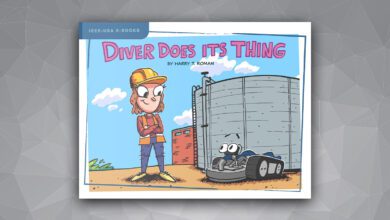
Being able to disagree with team members or colleagues, while maintaining professionalism, is a valuable skill in any workplace. People who have mastered this skill typically employ active listening techniques, show emotional intelligence, and keep a strong focus on collaborative problem solving. Here are seven tips on how to disagree without becoming disagreeable:
- Listen First: Before voicing your disagreement, make sure you fully understand the other person’s point of view. Ask questions as you listen to clarify their stance. Acknowledge any shared concerns or points that you agree with to show that you are listening and respecting their opinion.
- Stay Calm and Composed: Keep your emotions in check. Avoid raising your voice or showing frustration, as this can only escalate the situation. If you feel yourself getting heated, pause and take a deep breath before continuing the conversation in a measured tone.
- Focus on the Issue: Avoid making the disagreement personal by keeping the conversation focused on the topic at hand, not the person you’re disagreeing with. Avoid crossing your arms, rolling your eyes, pointing or using any bod language that is confrontational or signals a lack of respect.
- Use “I” Statements To Express Your Views: Frame your disagreement in terms of your own perspective, using statements like, “I think…” or “I feel…”. This reduces the chance of the other person feeling personally attacked. Stay away from language that could be seen as accusatory or blaming, such as “You’re wrong” or “You don’t understand.”
- Be Constructive. Instead of just pointing out what’s wrong, suggest alternative solutions or ideas. This shifts the conversation from disagreement to problem-solving. Encourage a collaborative solution by saying things like, “What if we tried?” or “How can we make this work together?”
- Know When to Agree to Disagree: Sometimes, despite your best efforts, agreement may not be possible. If you reach an impasse, if the discussion becomes circular, or if the atmosphere becomes heated, it’s best to end the conversation before it escalates into frustration. Acknowledge the impasse and suggest moving on or revisiting the issue later. Unless the issue requires immediate action, prioritize maintaining a positive work relationship over resolving the exchange of views. When ending the conversation, express appreciation for the discussion and their willingness to engage. If it’s an issue that needs immediate resolution, propose escalating it up the decision-making chain.
- Reflect and Follow Up: After the discussion, reflect on how it went. Use the experience to improve how you handle disagreements in the future. If necessary, follow up with a brief email or message to reinforce any key points, but be sure to express appreciation for the dialogue.
Practicing these tips can help ensure that disagreements lead to productive outcomes, without damaging professional relationships.
Advertisement






